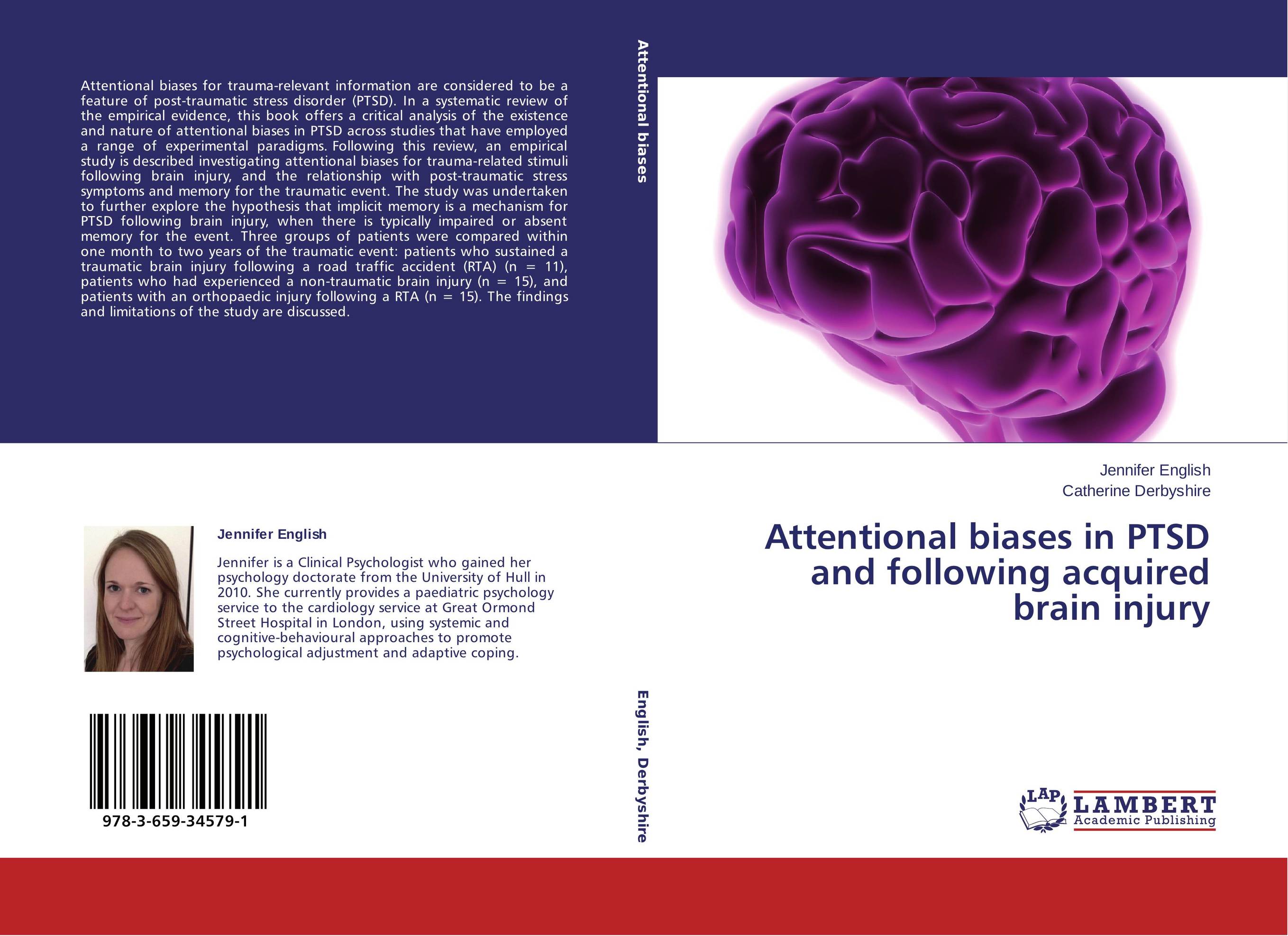| Поиск по каталогу |
|
(строгое соответствие)
|
- Профессиональная
- Научно-популярная
- Художественная
- Публицистика
- Детская
- Искусство
- Хобби, семья, дом
- Спорт
- Путеводители
- Блокноты, тетради, открытки
Attentional biases in PTSD and following acquired brain injury.

В наличии
| Местонахождение: Алматы | Состояние экземпляра: новый |

Бумажная
версия
версия
Автор: Jennifer English and Catherine Derbyshire
ISBN: 9783659345791
Год издания: 2014
Формат книги: 60×90/16 (145×215 мм)
Количество страниц: 108
Издательство: LAP LAMBERT Academic Publishing
Цена: 32173 тг
Положить в корзину
| Способы доставки в город Алматы * комплектация (срок до отгрузки) не более 2 рабочих дней |
| Самовывоз из города Алматы (пункты самовывоза партнёра CDEK) |
| Курьерская доставка CDEK из города Москва |
| Доставка Почтой России из города Москва |
Аннотация: Attentional biases for trauma-relevant information are considered to be a feature of post-traumatic stress disorder (PTSD). In a systematic review of the empirical evidence, this book offers a critical analysis of the existence and nature of attentional biases in PTSD across studies that have employed a range of experimental paradigms. Following this review, an empirical study is described investigating attentional biases for trauma-related stimuli following brain injury, and the relationship with post-traumatic stress symptoms and memory for the traumatic event. The study was undertaken to further explore the hypothesis that implicit memory is a mechanism for PTSD following brain injury, when there is typically impaired or absent memory for the event. Three groups of patients were compared within one month to two years of the traumatic event: patients who sustained a traumatic brain injury following a road traffic accident (RTA) (n = 11), patients who had experienced a non-traumatic brain injury (n = 15), and patients with an orthopaedic injury following a RTA (n = 15). The findings and limitations of the study are discussed.
Ключевые слова: Brain Injury, implicit memory, Brain Injury, Road traffic accident, emotional Stroop, dot-probe, implicit memory, post-traumatic stress disorder.



